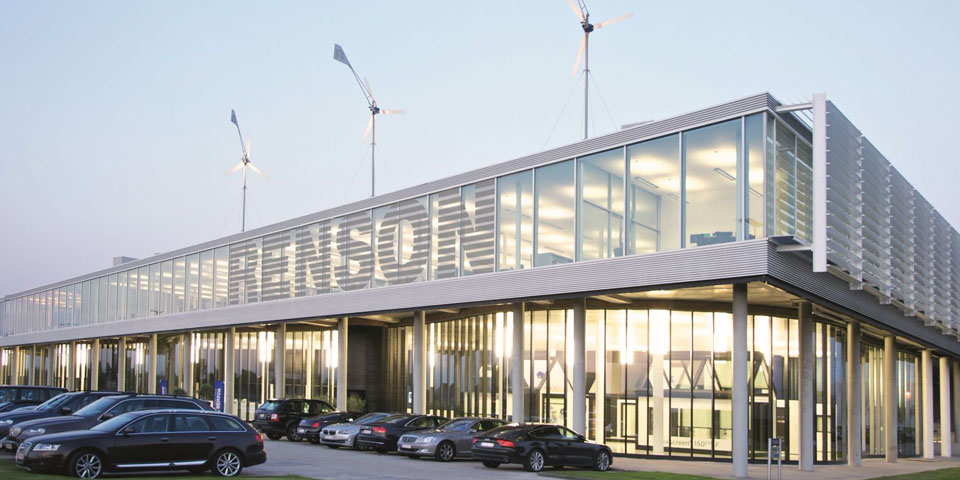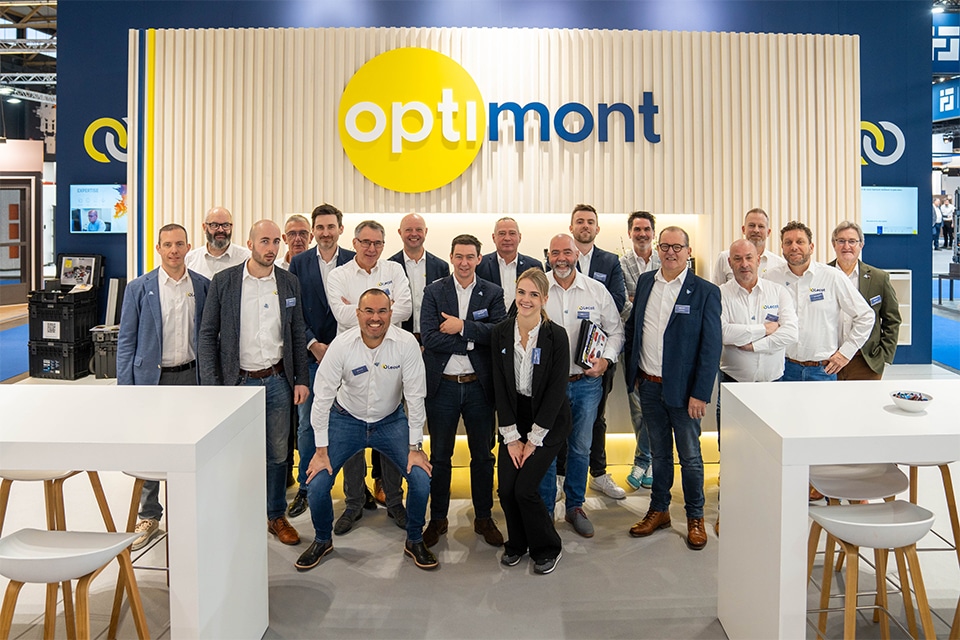
Renson and ventilation grilles: a successful marriage for 50 years
The fact that Renson is still an international trendsetter in the field of ventilation grilles is due first and foremost to the enormously broad range of applications for this product range. It has not only wall grilles, but also surface, window, door and floor grilles in its range. And that in all possible sizes, colors and shapes.
Since most ventilation grilles remain visible in the shell of a building, Renson pays a lot of attention to their aesthetic aspect: impeccable paintwork, no see-through when looking perpendicularly at the grille, no contamination by water because of good runoff, and a completely rust-free and durable finish in aluminum are part of the success.
Renson ventilation grilles also stand out on a technical level. To this day, the combination of air permeability and water-resistance is being further optimized for the entire range. This results in an extensive range of louvres that can meet a wide variety of technical requirements: from acoustic attenuation, burglar resistance, splash water resistance and fall-through safety to fire resistance, thermal shut-off and specific filter properties. This is only possible thanks to the sustained investment in research and development, and the objective testing programs that we have independent institutions carry out on each of these types of vents. So you are always assured of quality.
50 years of ventilation grilles: the evolution
In the 1970s, Renson launched the very first 411 grille with alu clips slat (L.033.01) to be built into the wall. A first, because until then the slats were always mounted in the grille frame with rivets or welded. After the 411, the 414 and 431 grilles followed, constructed with the same type of blade but with a different frame around it for incorporation into a window and for surface mounting, respectively.

The 1980s marked several innovative developments in the field of grilles for Renson. Lockable grilles came on the market, grilles with movable blades (427), tablet and floor grilles. With the 425 grille there was now also one with a larger "step" (of 95 mm) in the pattern of the clipped-in blades, and the "421" stood for a heavier version with larger blades. When data centers and power cabins also came onto the radar for the first time, Renson also started developing pierce-proof / splash-resistant grilles (412) specifically for these purposes.
In the field of gratings, from the 1990s onwards Renson focused strongly on the so-called 'construction box system', in which local partners underwent extensive training to be able to assemble a number of popular gratings from the Renson range themselves. This did not do Renson any harm, as it enabled it to respond much faster to market demand. A service that was appreciated by many clients worldwide. The international growth of Renson as a company also made it possible for Renson to specialize and, in the field of R&D and presales, to respond better to specific demands from the market. Since then Renson thinks along with its clients in an active and solution-oriented way in order to be able to offer the right grating for every application. This client-oriented thinking resulted in gratings that were originally developed for specific projects also being considered ripe for inclusion in the standard range. Witness the example projects as listed below.
Anno 2020 the first series of grilles (411, 414, 431) with which it all started 50 years ago will be fitted with newly developed L.033.01 louvres. This new step forward in air permeability ensures that Renson is still a pioneer in the field of ventilation grilles today. Years of experience and a close connection with what is going on in the market, together with enormous internal know-how and R&D capacity, mean that Renson is now able to meet the most specific wishes in the production of ventilation grilles, both technically and in terms of design.




